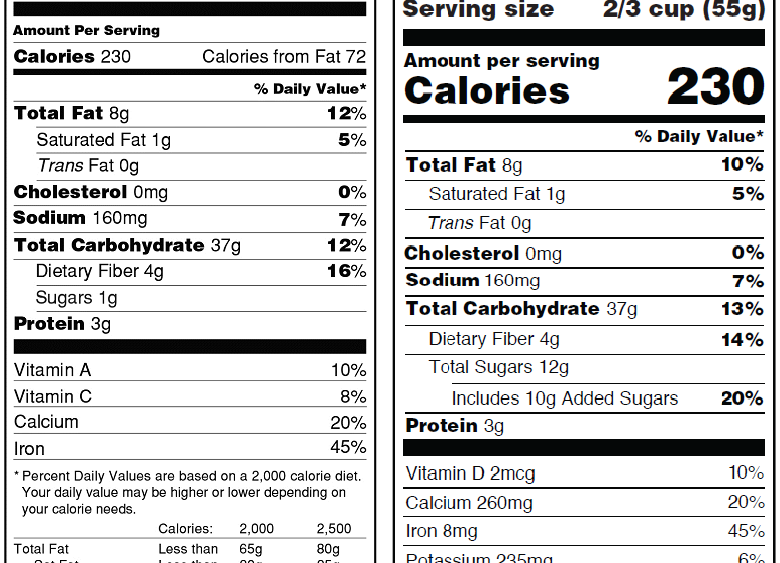
In 1917, as World War 1 was coming to an end, the American government was struck with a dilemma. There was a shortage of food in the country and famine was becoming a major concern. The government moved into action and created the American Dietetic Association. The main purpose of this entity was to create a “number” each person would be recommended to reach in terms of caloric and nutrient consumption. Now, you have to remember this was during a time when the majority of our jobs involved physical labor. People worked in factories, they worked in coal mines; they were constantly expending energy all day. This association took these things into account and determined that 2000 calories should be a baseline of caloric consumption for most people, especially men. This was widely considered a number people, especially those of economic hardship, wouldn’t be able to reach anyway. The government just did it’s due diligence to ensure they told people how much they think they needed. The rest was up to the common man.
At this point and time, fat was still a major part of our diet. People weren’t scared of it the way we are today. This made it somewhat feasible for people to get a decent amount of calories in and also stay full longer. Fat has 9 calories worth of energy per gram. Protein and carbohydrates only have 4. There were plenty of people trying to get close to that 2000 calories a day but they just couldn’t. However, it wasn’t an issue if they could get some fat in their body. Milk didn’t have fat removed. People weren’t afraid of butter. I’m not saying only eating fat is a good thing but it certainly can get you through some extended hours without food, which is something people had to deal with at that time.
The problem today is that this became part of the bedrock of our perceptions around nutrition. Well, a lot has changed since 1917. We no longer have jobs that require a lot of physical labor. The majority of people work in offices that largely promote sedentarism. We also consume the majority of our calories from carbohydrates and not the kind that can leave you full for quite some time. People today aren’t reaching for kale and broccoli whenever they get a chance. Fat has become demonized and vastly removed from our diets.
A good self-experiment would be to track everything you eat and truly find out exactly how many calories you’re having in a day. You would notice that the majority of them are coming from fast burning carbohydrates and that you’re still falling well short of that 2000 calories allotment. If you’re wondering why, even on so little calories, you can’t seem to lose weight. I would strongly recommend you try to get more calories from protein and fat. You will feel full longer but you will also not fire up your body’s storage hormone at the same rate you do when eating a majority of carbohydrates.
To learn more about why food matters, email me at jobie@crossfitvirilis.com.
